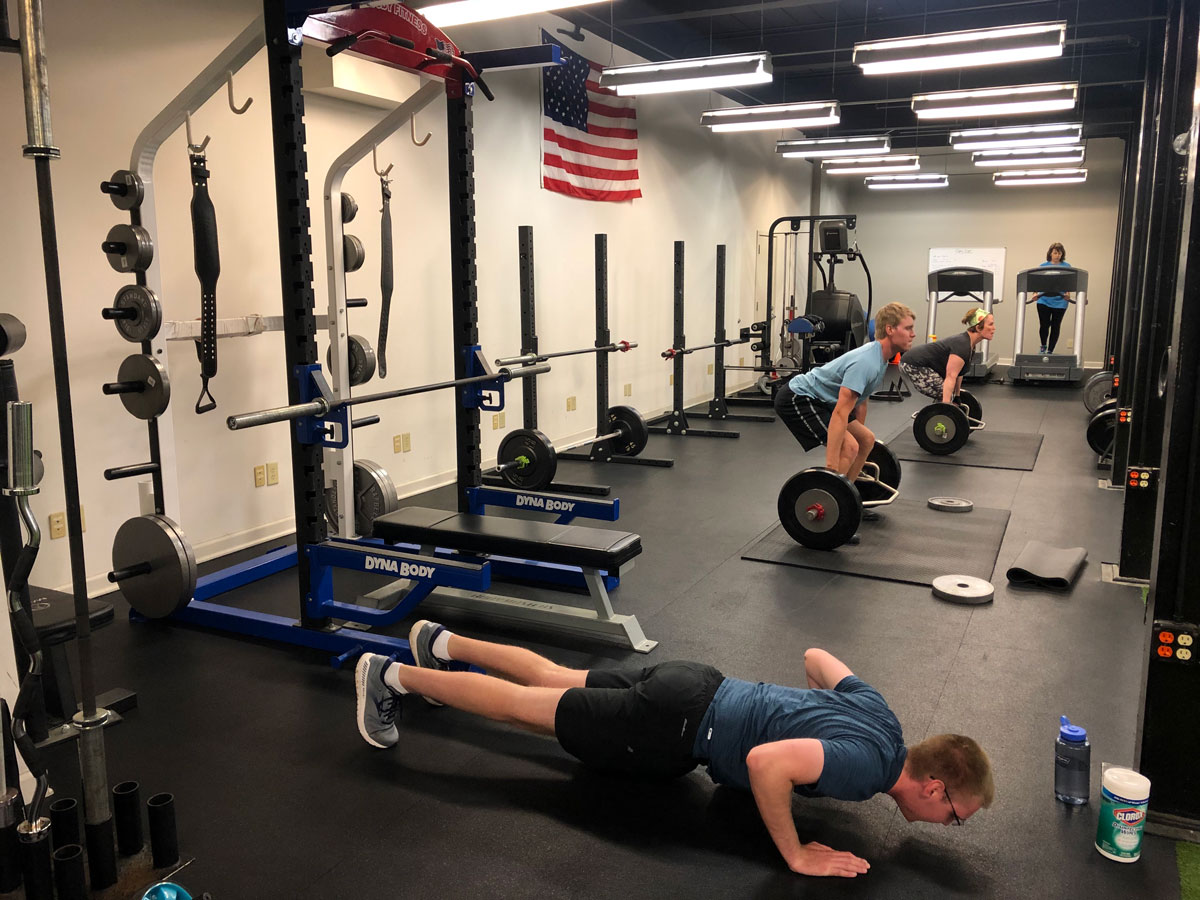
Regardless where you find yourself politically, our current culture is turbulent for everyone. Business owners are faced with very tough decisions right now. We risk alienating some, or possibly losing our livelihood. In recent weeks I have found myself struggling with how to make the best decision for everyone involved. I reached a profound conclusion…you can’t please everyone. And, if you are like me, you are in the same seemingly unwinnable spot.
My decision came down to choice. I had to choose whether or not to open my business back up and provide people the opportunity to make a decision for themselves. At the end of the day it doesn’t matter what political party you are a part of, or if you’re part of one at all, but I believe we all have a choice. My choice is still to provide my clients with a safe environment for them to be able to continue their journey that we have been on for a very long time.
Many of my clients are choosing to stay home and I will continue to send them programming until they are ready to return. But those who choose to come to my facility are now allowed to do so. This decision has warranted some heated debates & comments from some that I was putting people’s health at risk. Trust me, as the mother of a child with a weakened immune system I understand the risks. But I also understand the risks of not taking care of ourselves physically and mentally.
I do not own a mega gym. My facility is small, easy to control, and easier to keep clean then larger facilities. With that said, I do feel like I am at an advantage compared to larger corporate gyms who are facing an uphill battle keeping facilities clean and managing social distancing guidelines.
For the eight weeks that I was closed, I taught my clients online or sent them workouts for them to do at home. But the number one thing I heard every day was how they missed the personal interaction with me and with their fellow gym members. I’m not sure at the end of the day what is special about me, but that was the common thread. People wanted me there with them on their journey.
While online training is a great option during times like these for many people, humans by nature are a social species. Because of this need for human connection, nothing replaces in-person quality training. For this very reason, I made the decision to open as soon as my state allowed me to do so.
My clients are more than a paycheck. They are an extension of my family and my goal every day is to take care of my family. Despite this, I still struggled with my decision to open. I knew there would be clients (and people in my city) who would not support my decision. I also knew there would be many who would.
At the end of each day, it still feels like a massive balancing act between providing a safe/clean environment, being vigilant to not put people at more risk, being sensitive to those who aren’t ready to return, answering questions & comments from those who don’t support my decisions, and still providing good solid programming for those who step through my doors.
No one will know whether or not we as business owners are making the right decisions. Those answers may not be clear this month, next month, or next year. But I do believe that we have to keep moving forward. Moving forward will look different depending on what set of lenses you are viewing your world through and your individual circumstances. Either way, what better way to keep moving forward then with people you trust. At the end of each day, I feel like that’s what I have…people who trust me.
Our Experience So Far…
Since my re-opening three weeks ago, things have gradually started to come to life as expected. I have seen a handful of clients quit completely, for fear of being at the gym with other people. I have a few clients who are remaining at home due to current health issues, or the health issues of a family member, but I am providing them with online workouts for as long as they need them.
But thankfully, the majority have returned to their normal training times at the gym. The ones who have chosen to return are all very respectful of people’s space and everyone is pitching in to help clean up equipment between classes. My facility is around 4500 square feet and classes usually range from 5 to 12 people so we have plenty of space to spread out. I have three hours between each group training session which allows us to clean after each use. Being a smaller facility definitely provides me with an advantage as I can more easily control my headcount and keep the facility much cleaner than if I had a larger space.
If you are a gym owner who is struggling with the decision of opening your business, I can’t make that decision for you. Depending on where you live, staying closed may be the best decision. For some of you, the best decision may be to open. But that decision is now left up to you and you alone.
Do some soul-searching, and determine what path is best for you and your clients. If your clients are as invested in you as mine are in me, they will support you regardless of what path you take.
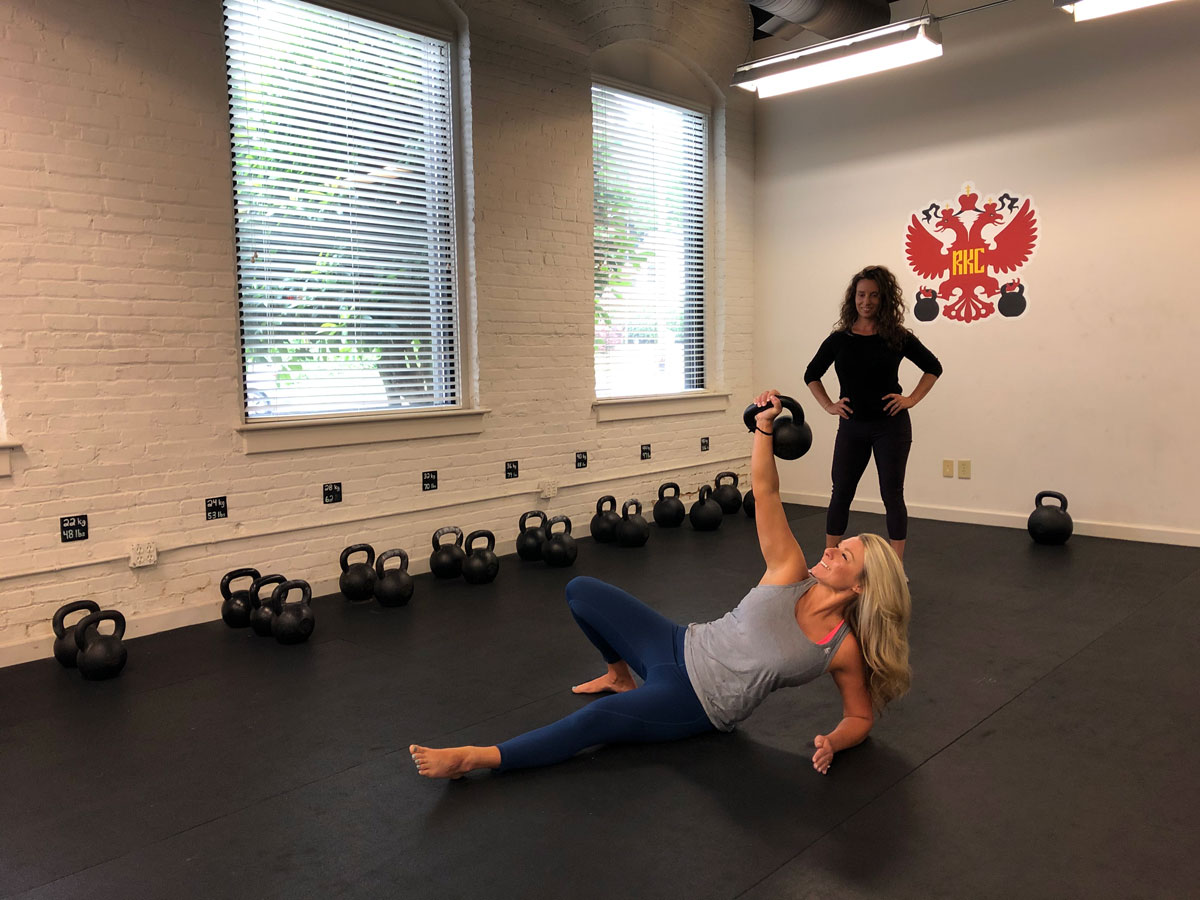
7 Guidelines for Keeping it Safe
If you are thinking of opening your doors here are a few things that I do on a daily basis to keep my clients safe:
- Keep a certain number of people in the building based on square footage. Check your State/Country’s social distancing guidelines and then follow them.
- Clean equipment between every group training session or private client. Although this means more expenses for cleaning supplies, It will go a long way towards making your clients feel safer.
- Provide training times for the clients who feel comfortable coming in, but be willing to also provide online programming for those who just aren’t ready yet. These workouts need to be simple and easy to do with little to no equipment. During times of stress your clients do not need workouts that will just put more stress on their bodies.
- Provide them with plenty of bodyweight or kettlebell workouts if they have the equipment, but make sure to include lots of mobility or yoga that will address mobility/stress issues.Right now many people are working from home and sitting even more than normal so mobility segments are more crucial than ever before.
- Do not allow children to come into the gym. It will keep head count lower and leave more room for clients.
- Require clients to wash their hands before and after their workouts as well as wipe down any equipment that they use before they leave.
- Provide disinfectant wipes throughout the gym for cleaning equipment, as well as, have hand sanitizer dispensers mounted in the front and rear of the gym.
At the end of the day, how we tackle this new normal of ours should be up to us as individuals. Some of you reading this article do not feel comfortable opening your business and I believe it is your right to remain closed. Some you want, or need to open, and I believe it is your right to do so. But throughout your decision-making process, be sensitive to your clients expectations, fears, and the world around you. Be smart and provide your clients with a clean and safe environment, as well as, provide options for training at home should they need or choose to do so.
Regardless of what side you find yourself on amid this chaos, let’s choose to encourage each other and support each other as gym owners, as trainers, and as citizens. We are, and will remain, stronger together.
Wondering how my clients have felt about the reopening experience?
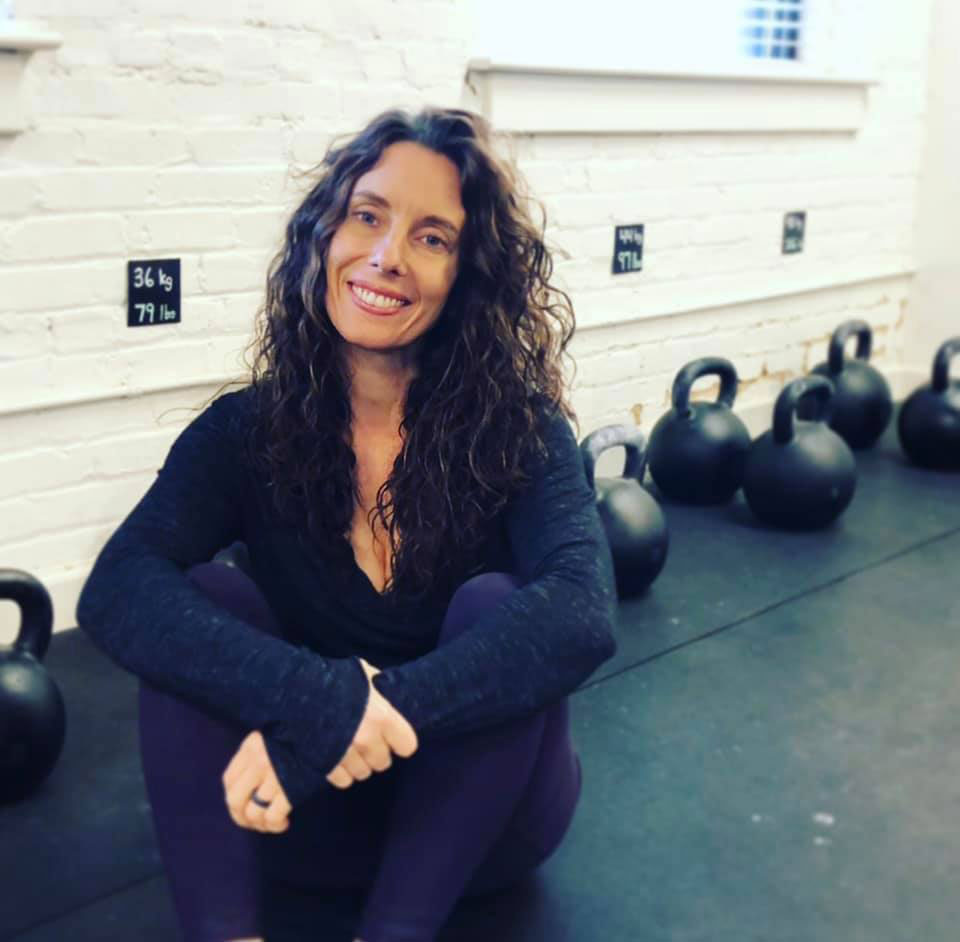 I asked! And some of them have been kind enough to comment:
I asked! And some of them have been kind enough to comment:
“COVID-19 has definitely changed the way a lot of us live our lives. From the way we shop, interact with others and travel our lives have been altered due to this pandemic. One thing that has stayed the same through all of this is my love for KA Athletics. When I walk through the doors of KA I am greeted by Kristy whom has the warmest smile and makes her gym feel like the safest but deadliest place all at the same time.
As soon as KA was able to open those doors again I came running. I knew before this pandemic that Kristy’s gym was clean and safe due to her dedication to her gym and community she’s created. Those four walls might be just a “gym” to some but to Kristy that’s her passion, livelihood, heart and soul. There was no doubt in my mind her space was as clean as it possibly could be. The only thing dirty in her gym were the looks I might give her and her workouts on the board. To add though like most people I go to the gym to better myself and my body. Although my body needed the gym after quarantine, my mind needed it just as well.” — Carly Duke
“I don’t mind saying I have been cautious, not because I’m afraid, but because of immunosuppressant medication. Your online workouts have been my connection to physical wellness….I am so thankful for those! I desperately miss you, my trainer and my workout buddies! I will be back the beginning of June and can’t wait! Thank you for your support through this whole process!!!!” — Pam Green
“Kristy is fanatic about keeping the gym clean. After working out with her through Zoom, I jumped at the chance to get back into the gym as I knew she would take every precaution to keep her space clean for us. She genuinely cares for us like she does her own family. I am grateful for her courage to open back up amidst the controversy of doing such. And my body feels so much better.” — Ashlie Harper
“I have been training with Kristy for many years, and she is the absolute best. This is not only because of her knowledge and passion for training, but she really loves and gets to know her clients individually. I have a very medically fragile daughter who depends 100% on me to meet her daily and living needs, so I am unable to step foot in public right now. My anxiety and stress levels have been triggered more and more lately, and I am so grateful to Kristy for providing me with home workouts each day. Not only do they help with my mental health, but she keeps me accountable and on track with my health and fitness goals, even during this difficult time.” — Jenn Morash
“Until I had to stop attending the gym due to COVID-19, I didn’t realize how much working out with Kristy Agan and my gym family contributed to my overall mental health. The comradery of the people I work out with and Kristy at the helm provided much more than a “workout “. As soon as I heard she was opening back up, I did not hesitate to return as I knew she was going to take the strictest precautions to protect us. Although she provided online workouts, returning to the gym was a relief mentally and felt like a big family reunion!!” — Emily Kitchens
“Thank you for a great workout this morning! I’ll admit I was nervous but after seeing the precautions and small group I felt better. I would not have gone to just any gym, and that’s the beauty of KA. I know the small group of people, I know you and I know we are all trying to be safe and sensible.” — Jennifer and Andy Bressette
***
Kristy is a Senior RKC and PCC Instructor with DragonDoor. She also owns and operates KA Athletics in Rome, GA where she is joined by her husband, Joe Agan (PCC, RKC, HKC) and Donna Martin (HKC, RKC).
You can follow Kristy on Instagram & Twitter @kristyagan and Facebook @Kristy.Agan.Trainer. And don’t forget to follow KA Athletics on Facebook, Instragram, and Twitter @ka_athletics to stay updated on gym events.
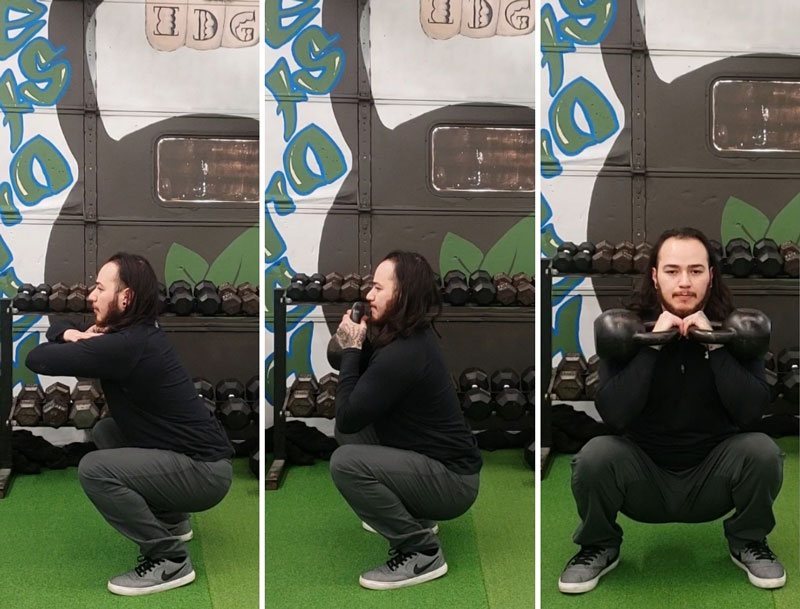
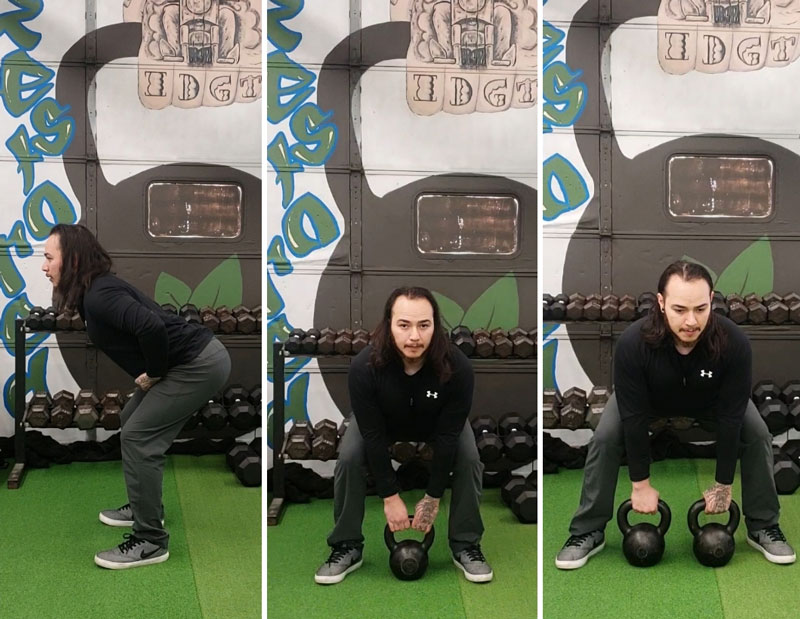
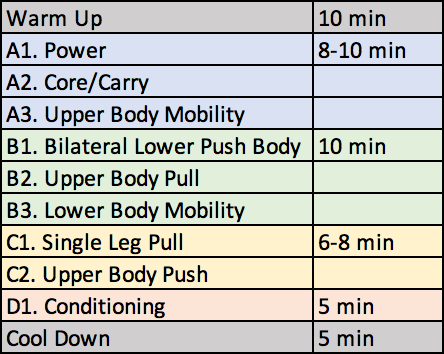
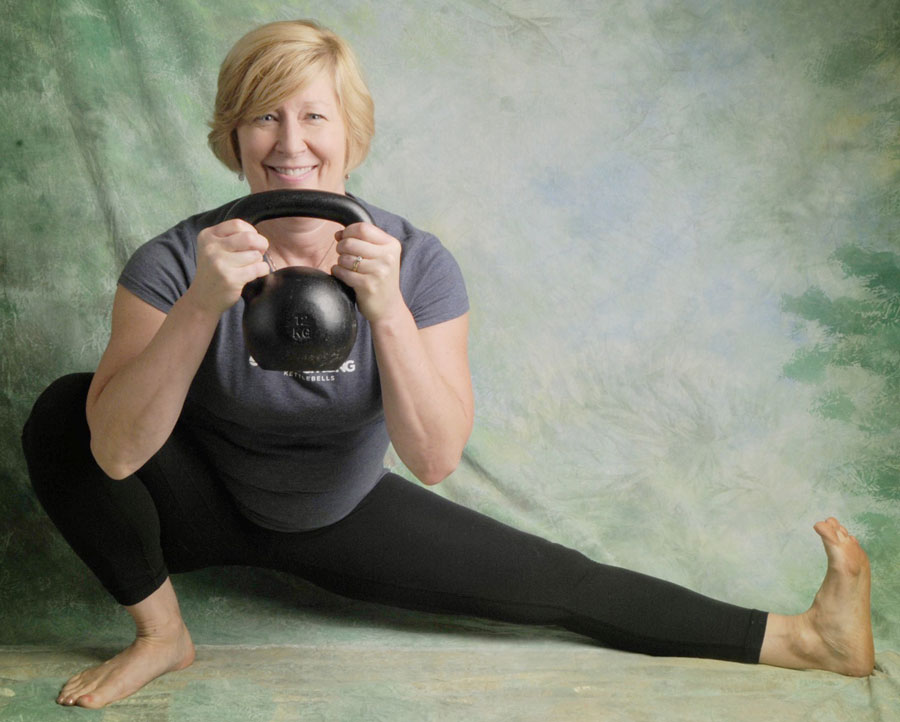
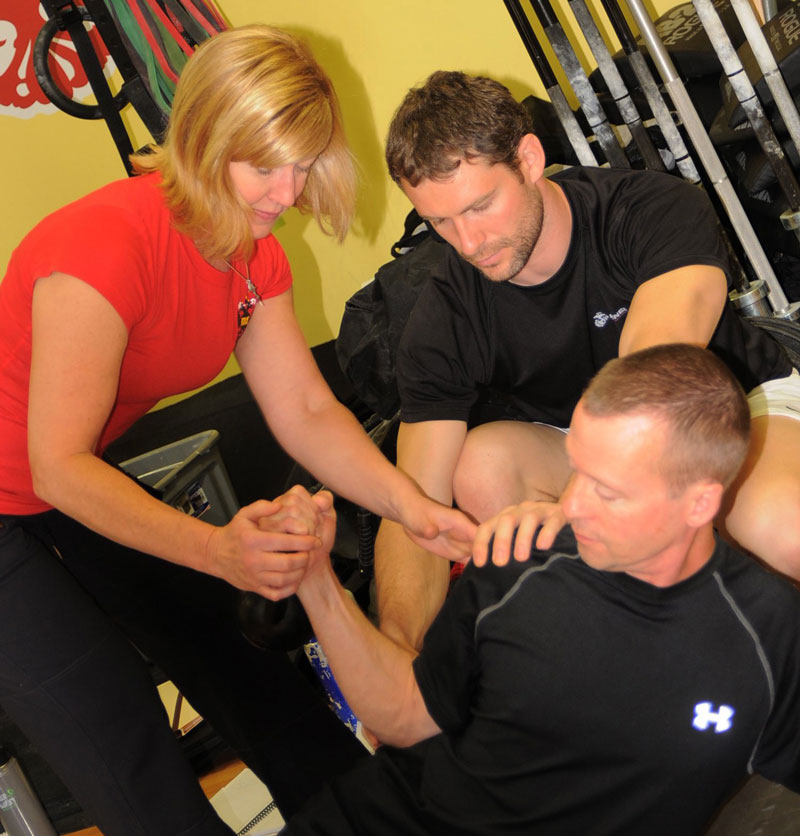
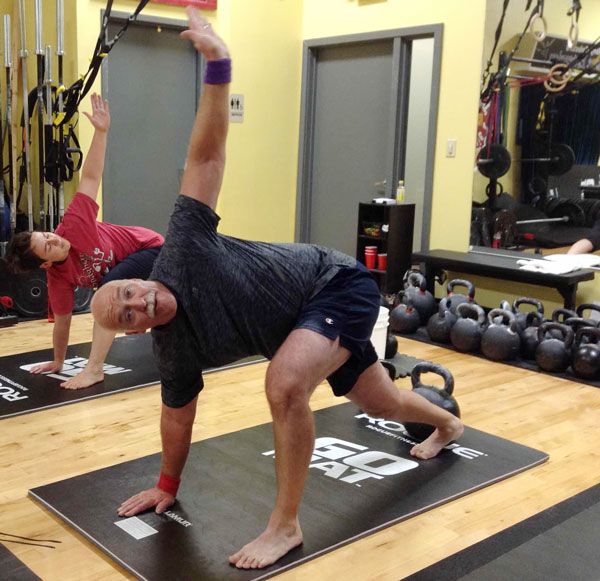
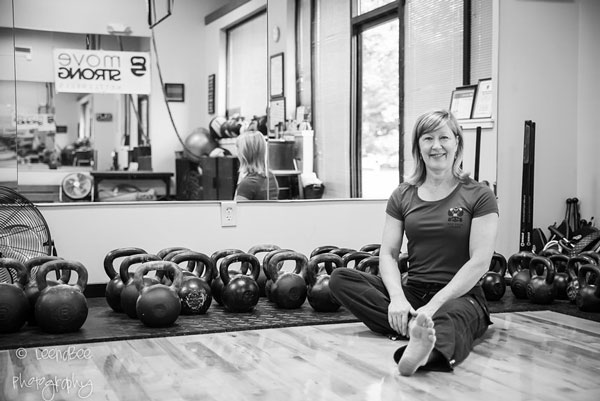
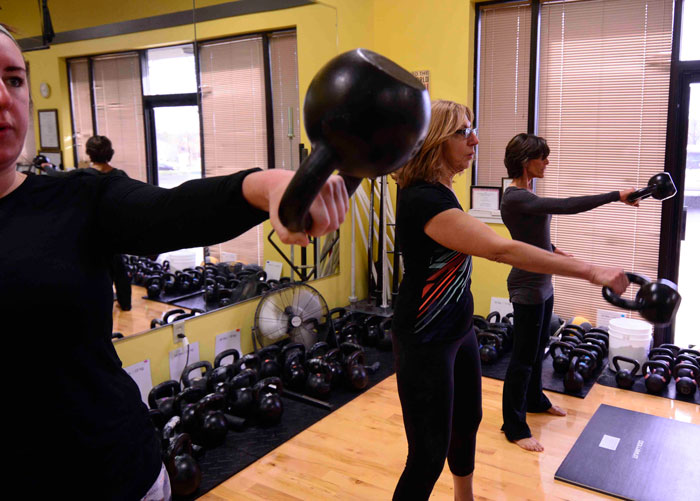
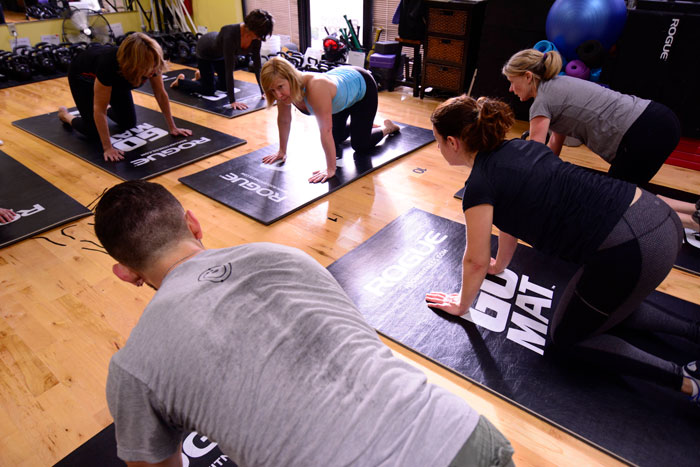
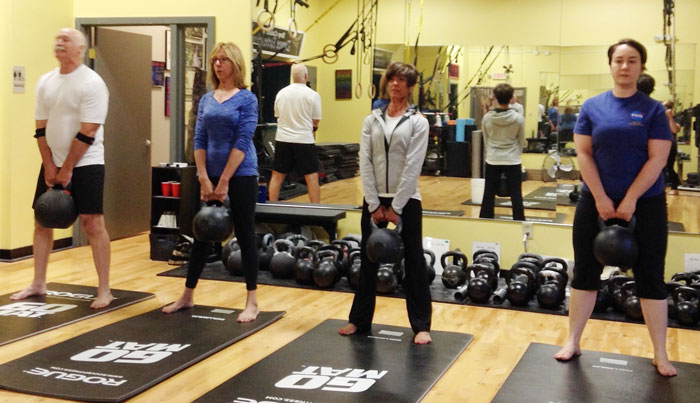
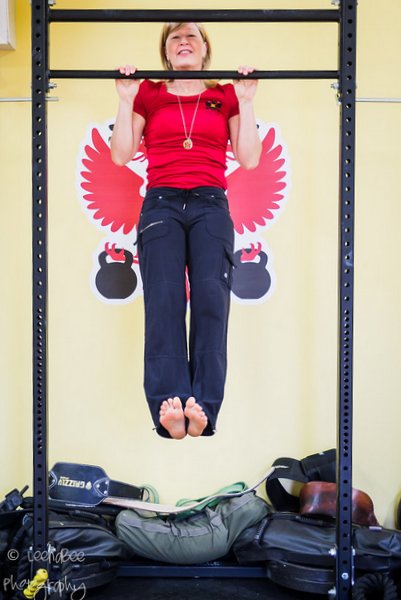
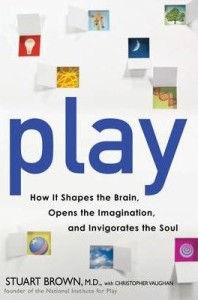 You can encourage creativity by using different fitness tools and combinations of movements that feel physically and mentally freeing, while still conditioning and challenging the body and the mind.
You can encourage creativity by using different fitness tools and combinations of movements that feel physically and mentally freeing, while still conditioning and challenging the body and the mind.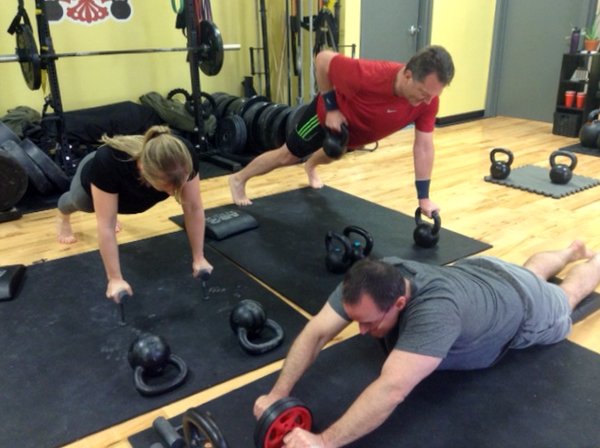
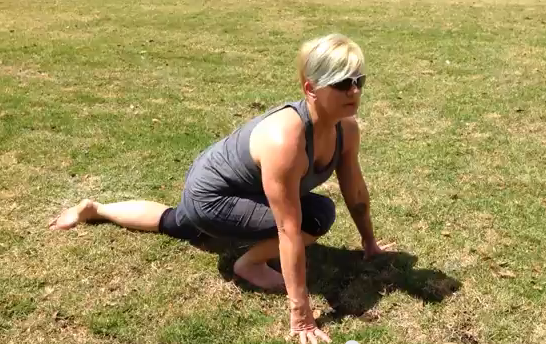 I remember being a newly minted RKC back in 2009. I couldn’t wait to get back and start training clients. I had a head full of knowledge and a heart full of pride and excitement.
I remember being a newly minted RKC back in 2009. I couldn’t wait to get back and start training clients. I had a head full of knowledge and a heart full of pride and excitement.